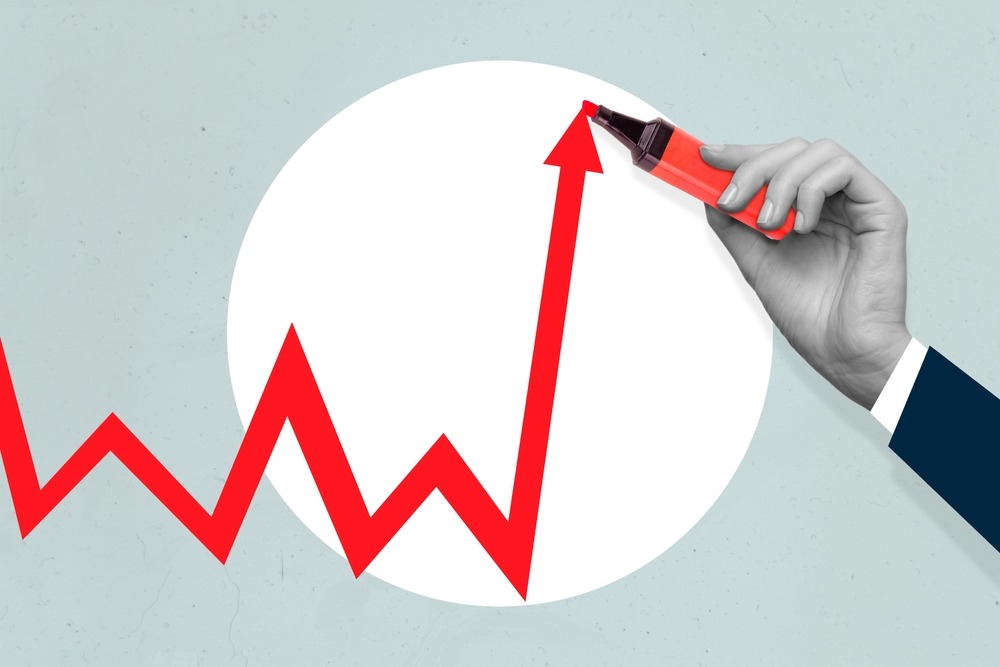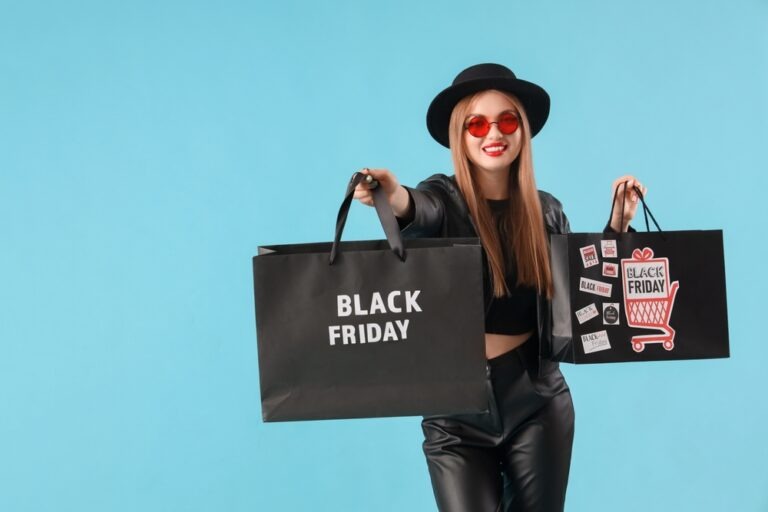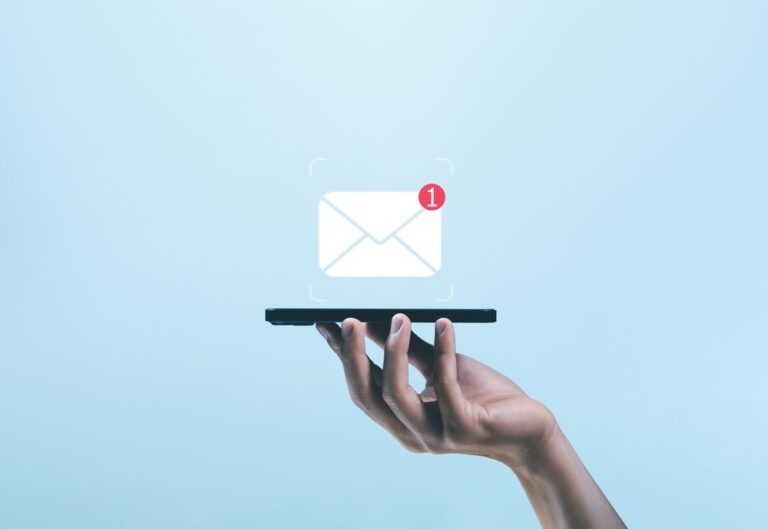What Is Upselling?

Upselling is a sales strategy aimed at increasing revenue by offering a customer a more expensive, upgraded, or premium version of the product or service they are already considering or purchasing. The idea is to guide the customer toward an option that provides more value, often at a slightly higher price point.
This approach is widely used in digital marketing, e-commerce, and physical retail environments to improve conversion rates and maximize customer lifetime value. When implemented correctly, upselling encourages customers to spend more without pressuring or overwhelming them.
Key Components of Upselling
A successful upselling process relies on several key elements. The first is accurately analyzing customer needs. Understanding what a customer is interested in and why helps determine the most relevant upgraded alternative.
Timing is also crucial. An upsell should be presented at the right moment—ideally when the customer is close to making a purchase. The suggestion should enhance the buying experience, not complicate it.
The recommended product or service must be communicated clearly and persuasively. Customers need to understand the added value they’ll receive in exchange for a higher price. Personalization plays a significant role here. Tailoring upsell suggestions based on customer profiles and behavior greatly increases effectiveness.
Effective Upselling Strategies
An effective upselling strategy prioritizes customer experience and focuses on delivering value. One widely used approach is to present a product or service selection using the “good – better – best” structure. This format helps customers evaluate higher-priced options within a logical pricing and value framework.
Another strategy involves presenting upgrade suggestions during shopping cart optimization. When a customer adds a product to their cart, offering a more advanced version or a bundled package can prompt them to consider the enhanced option. These suggestions work best when based on personalized recommendations using past purchases and behavioral data.
Post-sale strategies also matter. For example, in the software industry, a customer who purchases a basic plan might later be offered an upgrade to a premium plan after a certain period of use. In this way, upselling becomes part of the overall customer journey, not just a single transaction.
Things to Consider During the Upselling Process
The most important consideration in upselling is maintaining a positive customer relationship. Pushy or irrelevant upsell offers can damage trust and lead to dissatisfaction.
Any recommendation made should genuinely benefit the customer. Products should be suggested not just because they are more expensive, but because they offer more value. Upselling offers must be presented in a simple and non-intrusive manner, ensuring they don’t disrupt the purchase flow.
Being sensitive to customer behavior is also essential. If a customer previously preferred minimalist or lower-cost solutions, offering a complex or high-priced product may be counterproductive. For this reason, upselling strategies should be flexible and adjusted according to customer segments.
The Difference Between Upselling and Cross-Selling
Though often mentioned together, upselling and cross-selling serve different purposes. Upselling focuses on encouraging customers to buy a more expensive or advanced version of the product they’re considering. For example, offering a customer a smartphone with larger storage instead of the basic model is upselling.
Cross-selling, on the other hand, involves suggesting complementary products. Recommending a phone case or earbuds alongside a smartphone purchase is cross-selling. Both techniques aim to increase customer value, but they differ in content, timing, and delivery.
In a well-rounded sales strategy, both methods can be used together to boost average order value and customer satisfaction. The key is to distinguish between them and apply each within the right context.
Benefits of Upselling
Upselling isn’t just about increasing revenue. It also helps build stronger customer relationships. Well-executed upselling makes the customer feel understood and valued, which in turn strengthens loyalty.
One of the main benefits is the ability to generate more revenue from existing customers. Acquiring new customers is often more expensive than selling more to current ones. Upselling allows brands to grow revenue without significantly increasing acquisition costs.
Moreover, successful upselling increases customer lifetime value. As customers explore more of a brand’s offerings, their satisfaction and likelihood of repeat purchases rise—contributing to long-term business success.
Upselling Applications Across Different Industries
Upselling can be applied in many different industries. In hospitality, for example, a hotel might offer an ocean-view room to a guest who booked a standard room. Airlines commonly offer business class upgrades to economy passengers.
In software, upselling often means offering premium features or packages after a customer starts with a basic license. In e-commerce, this could involve suggesting a larger size of the same product or a gift-wrapped version during checkout.
These examples show that upselling is not limited to luxury markets—it’s also effective for mass-market brands. What matters is that the upsell provides real, relevant value for the customer.
How Upselling Increases Customer Loyalty
Customer loyalty is shaped not just by product quality but also by the experience throughout the buying process. When done right, upselling enhances that experience through personalization.
Integrating upselling into loyalty programs is a powerful tactic. Offering exclusive premium options to customers who reach a certain point threshold can make them feel special. These offers not only increase revenue but also drive more customer engagement.
Upselling also encourages deeper brand engagement. Customers using enhanced products or services are more likely to explore additional offerings. This opens the door to future cross-sell opportunities and improves overall satisfaction.
Brands should treat upselling not as a trick to increase sales but as a way to deliver more value. Only then can it become a sustainable driver of loyalty and long-term relationships.


